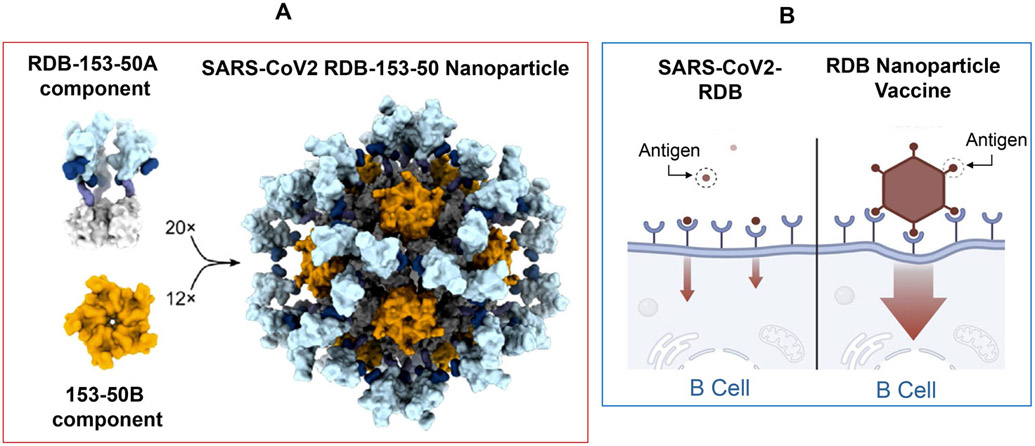Figure 9. Self-assembly of an in silico-designed nanoparticle protein vaccine that displays the receptor-binding domain (RBD) as a highly immunogenic array that mimics natural virus structure.
A. Utilizing a structure-based in silico vaccine design approach, a self-assembling protein nanoparticle vaccine with resemblance of viral morphology was developed.72 Each particle is composed of two components, an icosahedral 120 subunit core (153-50B) that supports binding to 60 SARS-CoV-2 RBD domains (RBD-153-50A), conjugated to a 153-50B-interactive domain. B. The nanoparticles roughly resemble a virus, which may account for their enhanced ability to provoke a diverse, highly potent, and protective antibody responses during animal testing.72 The lead nanoparticle vaccine candidate is being manufactured for clinical trials. Reprinted with permission from ref 72 under a Creative Commons CC-BY license. Copyright 2020 Elsevier.

